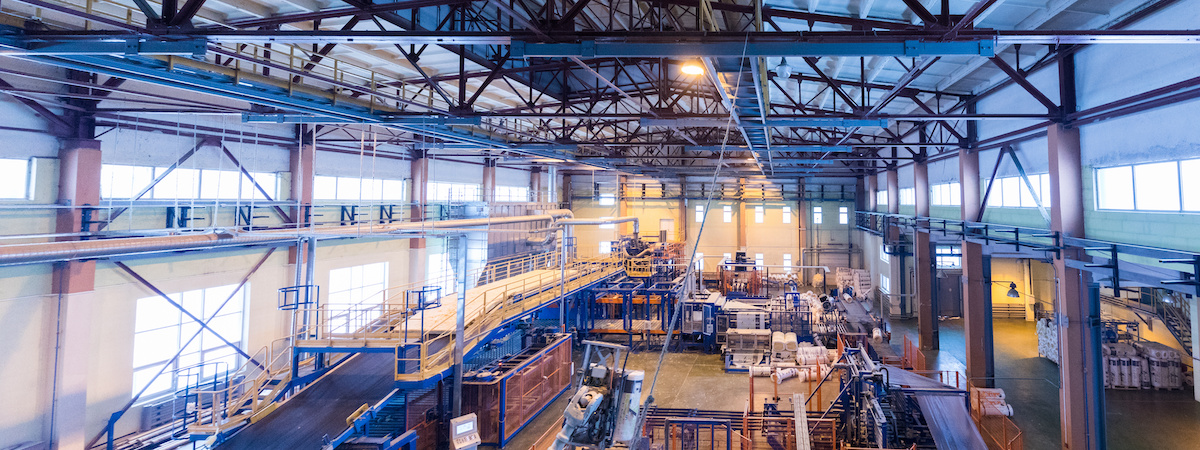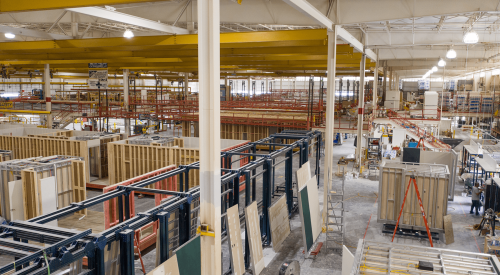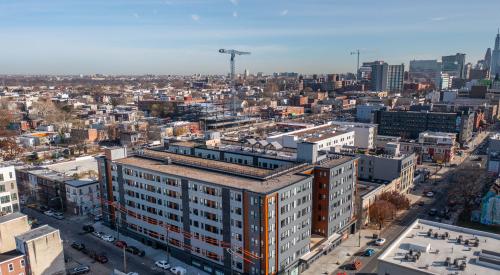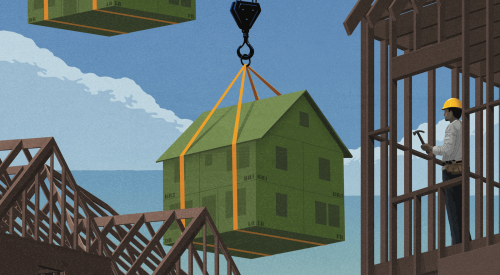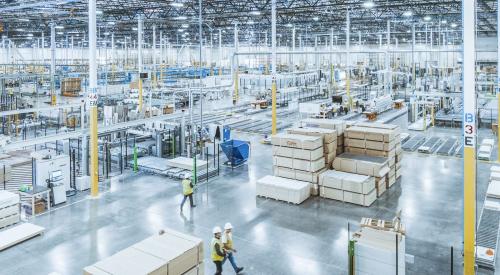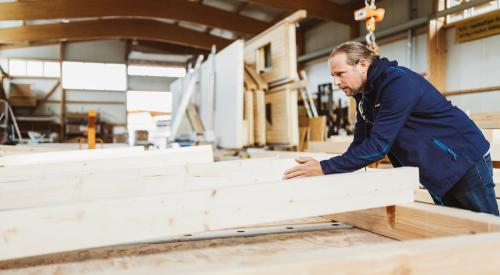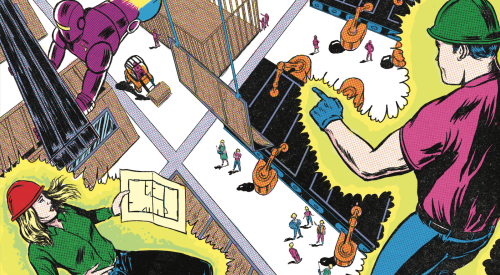Katerra emerged as one of the largest and most funded prefab and industrialized construction companies out there, yet it wasn’t enough to keep the company afloat. Founded in 2015, Katerra had a goal to merge mass manufacturing with construction for a streamlined process. It received $2.4 billion in funding from SoftBank, a Japanese conglomerate holding company that also funneled more than $13 billion into WeWork. Industrialized construction experts say Katerra likely attempted to do too much too fast, reports Fast Company. Katerra acquired smaller firms and opened up massive and pricey facilities in order to serve more customers, yet may not have fully understood the codes and regulation changes per state.
“They tried to integrate the entire process too rapidly and serve a large geographic territory, not fully understanding that each state treats modular and off-site construction a little differently in terms of codes and regulations,” says Tom Hardiman, executive director of the Modular Building Institute.
An industry group founded in 1983, MBI has been involved in efforts to help prefab and modular builders work their way through regulatory systems that are still figuring out how to deal with factory-based construction. Though still a small segment of the market compared to conventional construction, a recent analysis suggests that prefabricated and modular construction are expected to make up more than 30% of the North American construction market by 2026. Prefab and modular construction are far from unknown quantities, and many companies have been able to survive. Hardiman says that his group represents nearly 500 member companies, “many of which have been successful for decades in this industry.”
In the world of prefabrication and industrialized building, the ventures that seem to struggle are the ones that try to revolutionize the industry by proposing a new approach that can largely replace traditional construction for medium- and large-scale buildings.
